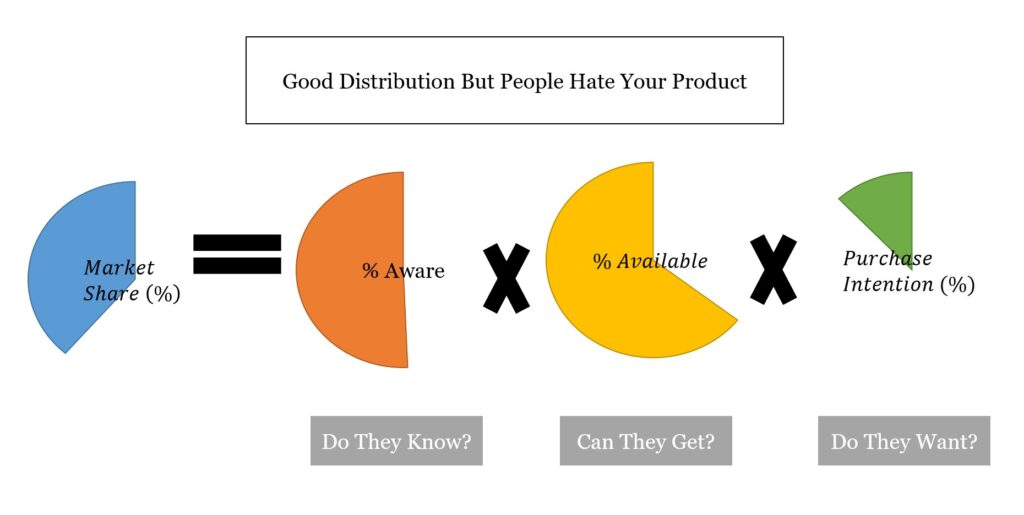Dave Stewart has written a book packed with details of the financial impact of marketing. He surveys a large number of topics extremely connected to what I write about in this blog. (This probably isn’t too surprising. Dave is chair of MASB, which I am heavily involved in). What then is good advice for putting finance and marketing together?
Costs Matter
One of the more peculiar things you see in marketing is that some seem to think costs aren’t really anything to do with them. If the firm only sells one product and someone else is working on managing costs and setting the price maybe you can get towards that idea. Still, whenever there is a product line marketers will have products that cost different amounts to deliver. Profits will differ between products in ways that deviate from sales prices. Furthermore, the costs you are allocated by choice of the CFO will make a big difference to how profitable your activities will look. (And there is often a lot of discretion/politics in cost allocation). As a result, it just makes sense to know your costs.
The lessons for marketers are 1) don’t ignore costs, 2) understand how costs are allocated, 3) include an understanding of cost drivers in planning and marketing actions, 4) push back on allocation rules that seem unfair, and 5) whenever possible in internal reports, link revenue generation and profitability to the costs that generated them.
Stewart, 2019, page 71
Breaking Down Market Share
An approach that can be useful in identifying actions to take is to break down market share. Lack of market share can be a result of a number of different things. Does anyone know of your product? Can they get easy access to buy it? Do they want to buy it if they know about it and it is in the shops?
We can break down market share. Finding out the performance on these different elements can help diagnose which marketing effects are appropriate. For example, if no one has heard of your product advertising is likely a reasonable response. If no one can get your product then work on distribution — e.g., getting the product into supermarkets. Finally, if people don’t want to buy it maybe a change in the product is needed.

Marketing-related Assets And Tangible Assets
One interesting difference between marketing-related assets and many tangible assets is worth noting. Tangible assets are those you can touch — e.g., buildings, machinery, computers. For marketing-related assets think brands and customer relationships. Capital budgeting (often how firms make big investment decisions) for tangible assets often involves big indivisible spending. You either buy the new machine or you don’t. You need to get the complete asset for it to be useful. Marketing-related assets are often achievable piecemeal. Investing almost anything in your brand is likely to have some effect (even if it isn’t the optimal one).
While this flexibility sounds like a good thing it can cause challenges for marketers. It creates less need for a focal decision such as a commitment to fund marketing investments. Instead, senior managers dribble money towards marketing. Senior managers spend less time thinking about what they are doing than they would with a big go/no go decision. What does this mean? Marketing gets less. It is also held less accountable. Neither of which are desirable outcomes.
Putting Finance And Marketing Together
What to do to improve the marketing-finance interface? Marketers need to better understand accounting and finance to be able to speak the language of business.
Unfortunately, marketing has not received the credit it is due for its important contributions. Ironically, this is largely because marketing has done a poor job of defining its contributions in the very terms that gave rise to it — its economic contributions.
Stewart, 2019, page 234
Marketers need to be able to explain what they are doing in terms that other people understand.
For more on the marketing-finance interface see here, here, here, and here.
Read: David W. Stewart (2019) Financial Dimensions of Marketing Decisions, Palgrave Macmillan
